The alchemy of wind and water
In April 2018, I visited Yazd in Iran, which is one of the oldest continually inhabited cities in the world. Yazd shows how, through masterful architecture, wind and water can be manipulated to create pleasant micro-climates even in the middle of the blazing desert.
Taming the wind: Yazd’s windcatchers
Badgirs (windcatchers) are ancient “air conditioners.” Dotted all across Yazd, they “catch” the wind and funnel it downward. Even without a breeze, the vents at the top allow hot air to escape, while openings at the bottom draw cool air in. Many badgirs are also connected to underground water channels called qanats, which create a temperature gradient and enable evaporative cooling—an ideal solution for dry climates.
The perforated “jali wall”, pictured above, allows for ventilation while blocking the full force of the sun.
Secret underground water channels
In Yazd, central courtyards are adorned with beautiful fountains, gardens are tastefully segmented into four quadrants through waterways, and windcatchers have cool water flowing beneath them. Yazd has water flowing beneath your feet, cooling the entire city.
But where does the water come from?
Ancient mathematics to keep water moving
It turns out that around 1000 BC, the Persians designed a system of underground tunnels that would transport water from elevated mountain aquifers to cities, leveraging complex topographical concepts to ensure that the water remained ever-flowing.1
The complexity of moving water such vast distances without electric pumps prompted UNESCO to announce that Yazd’s qanats have outstanding universal value. The city of Yazd developed around this underground water network - private and public spaces are cooled passively through it, creating charming water-fed courtyards and gardens.1
Storing ice in the middle of the desert
Can you imagine storing ice without an electric fridge in summer, in the middle of a desert? Probably not. Well, the Persians cracked this problem around 400 BC. The solution was a Yakhchal, pictured below. By offering excellent insulation, it stored ice successfully, ensuring everyone could enjoy a chilled Yazdi faloodeh whenever they wished.
Source: Earth Architecture
Rediscovering a new type of coolness
I was awe-struck at how pleasant the ancient city of Yazd felt. Unlike a modern air conditioner, which is drying and artificial, Yazd has a micro-climate which is spring-like. Badgirs and qanats, alongside shaded courtyards, thick adobe walls, and fountains, all work in tandem to create this beautiful and pleasant oasis in the middle of the Persian desert.
Cooling the entire city
Modern construction heats up far too much in the summer and is reliant on air conditioning to make the interior space comfortable. This type of cooling is confined to small, sealed spaces. More broadly, the materials we use in our modern cities - like concrete and tar - get so hot that we end up with “urban heat islands”. Yazd showcases the power of passive cooling and city-level integrated design. It's much more than cooling one sealed box.
Learning from the past for a better future
The architecture of Yazd is aesthetically stunning, and extremely well adapted to dry desert heat. But most importantly, it shows how through outstanding design, humans can keep cool even without using electricity.
As the planet warms, global cooling demand will rise, and if this is met entirely through air conditioning, it'll increase emissions substantially. Yazd reminds us that there are other ways, and even if they aren't the whole solution, they should at least be part of the conversation.
If you liked this post, subscribe and share below. In a future post, I'll talk about how cities can cool down without spending too much money.
UNESCO (2017). Historic City of Yazd. https://whc.unesco.org/en/list/1544/

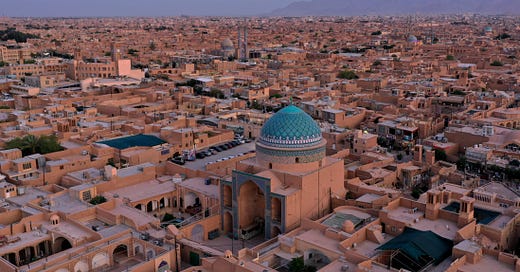



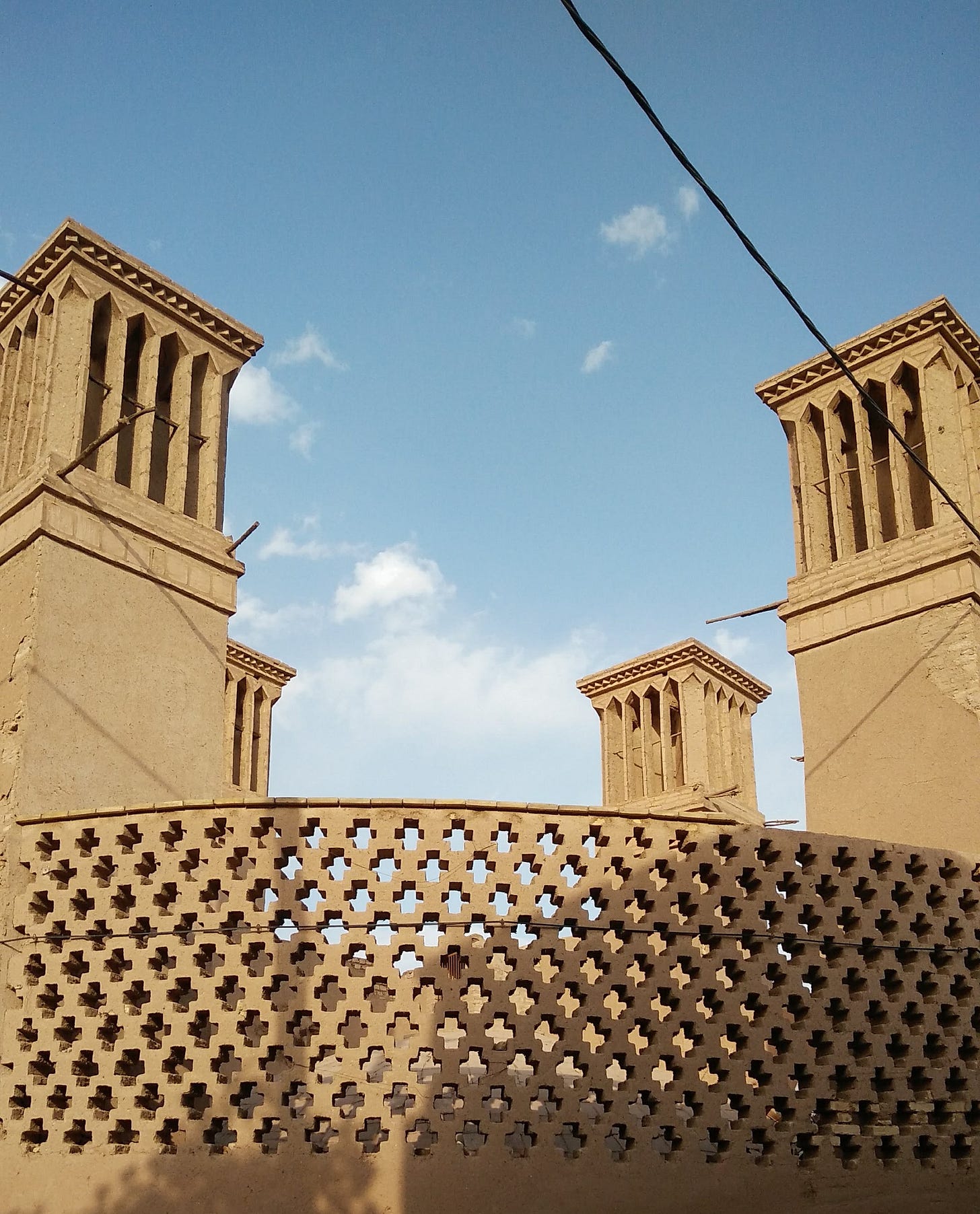
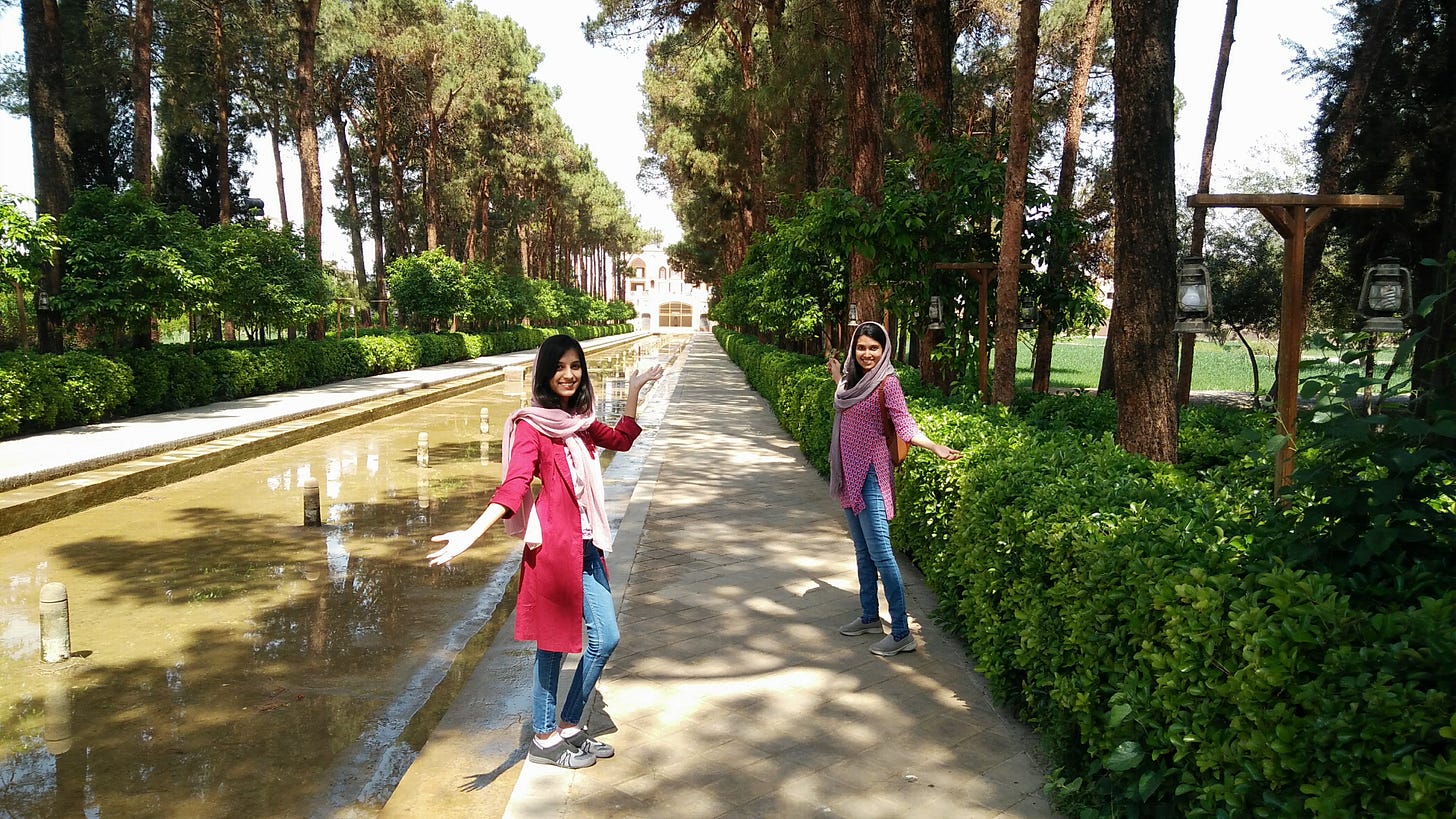
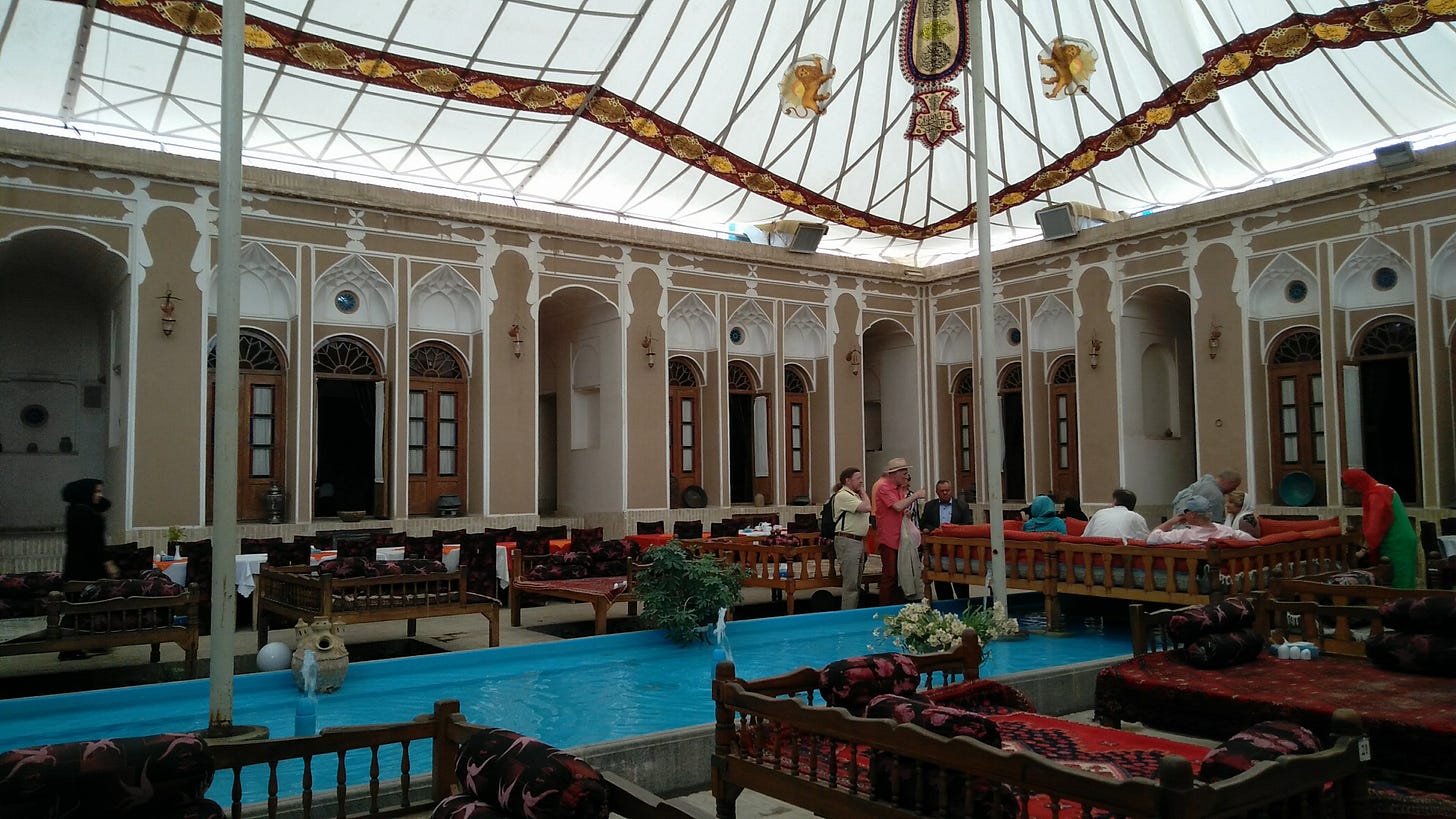
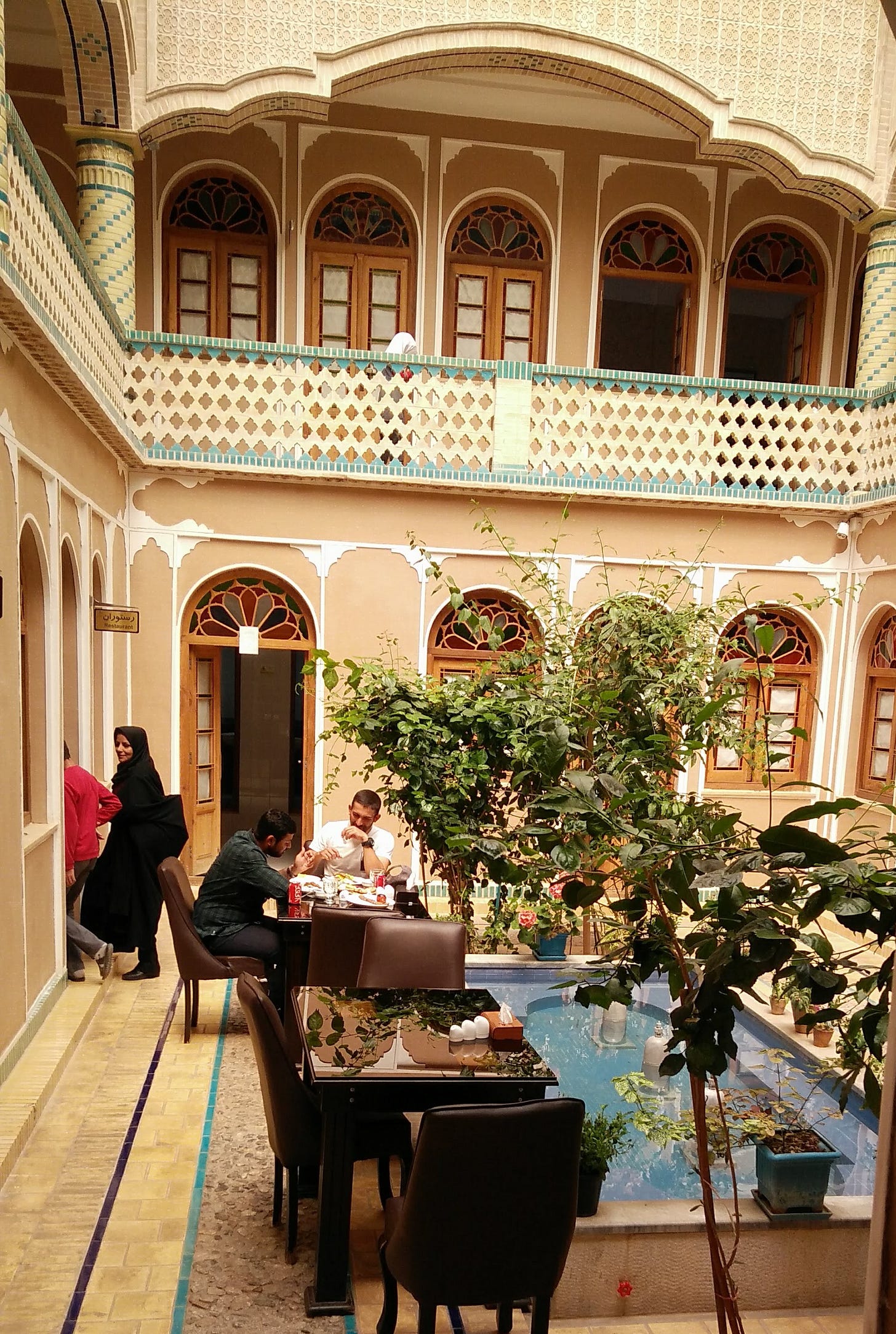
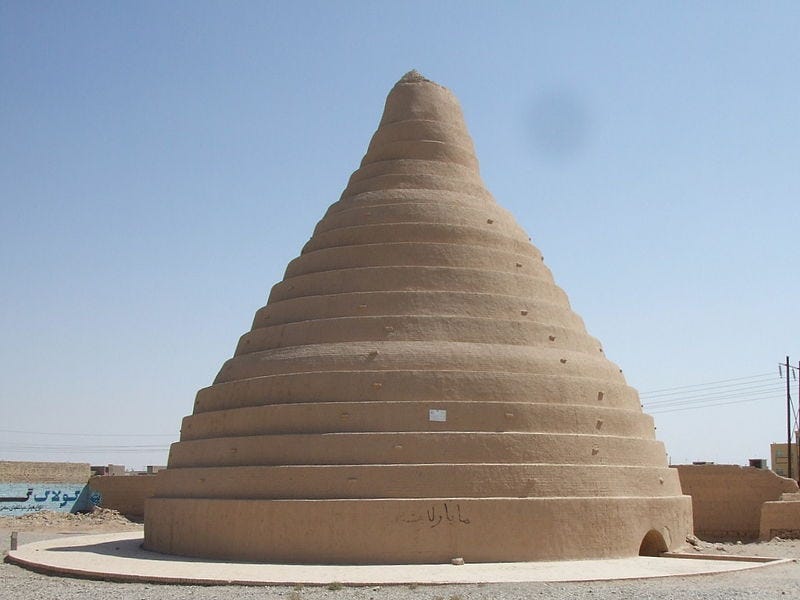
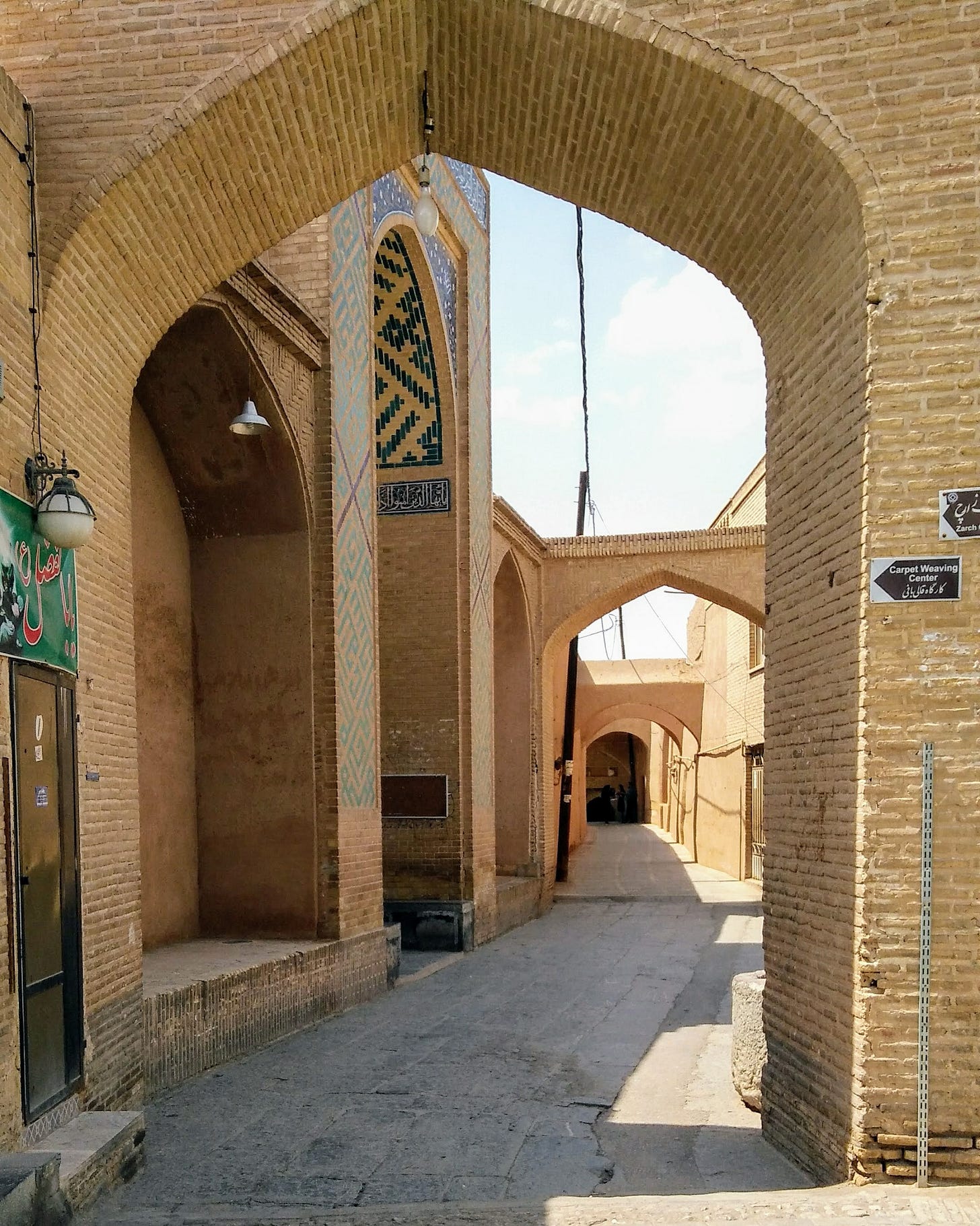
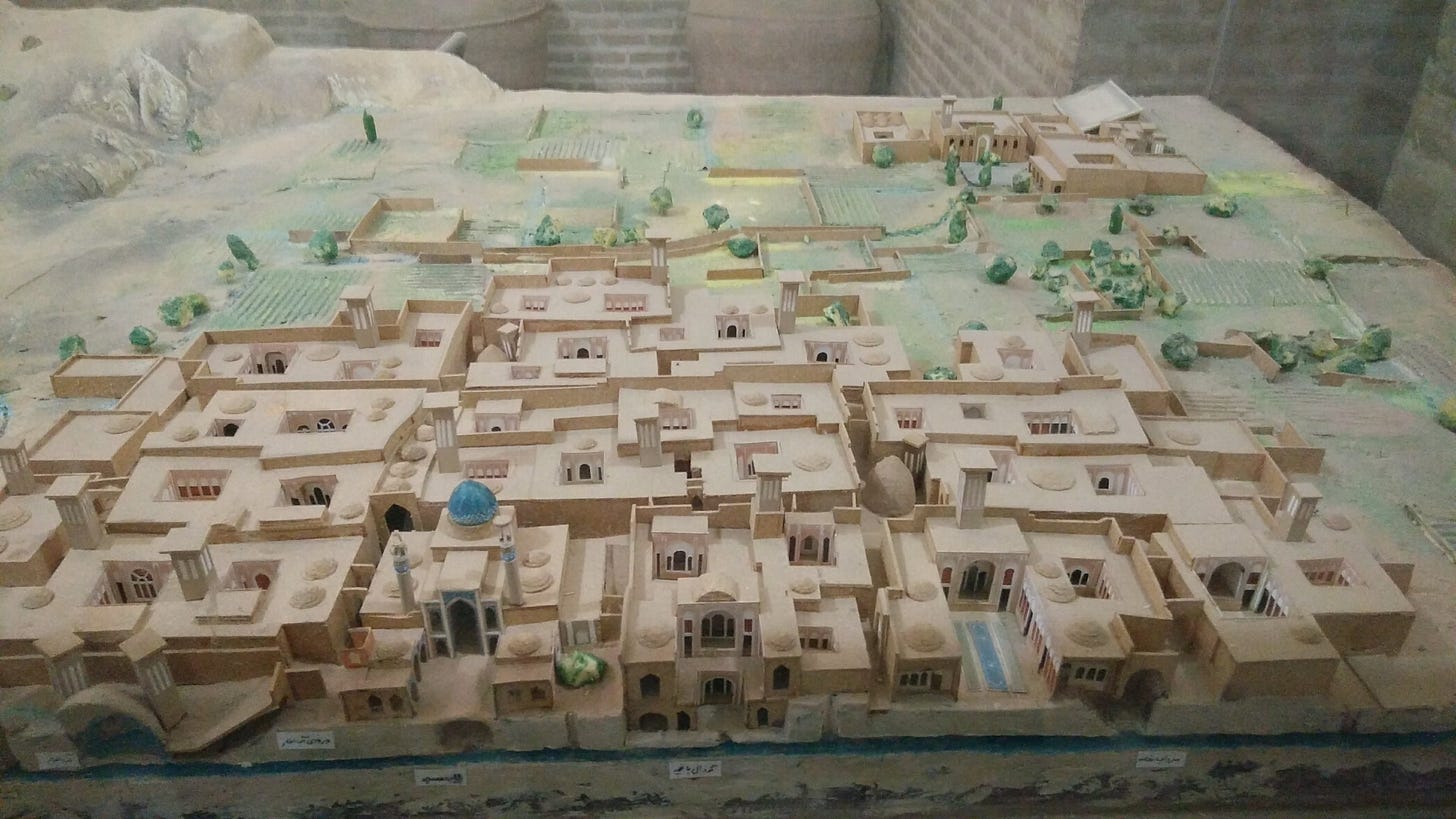
Super interesting! Really enjoyed this post.
Great article. very knowledgable and informtive.